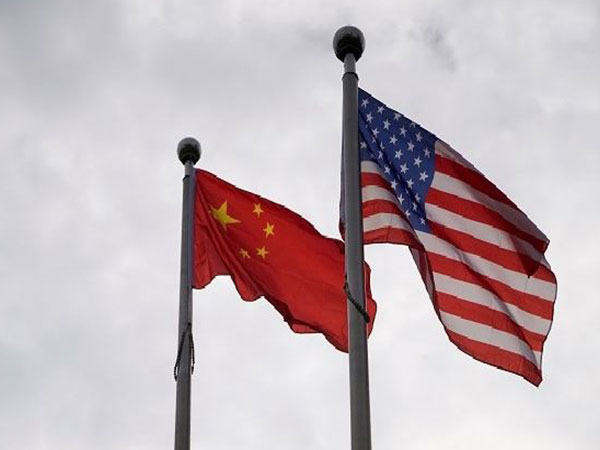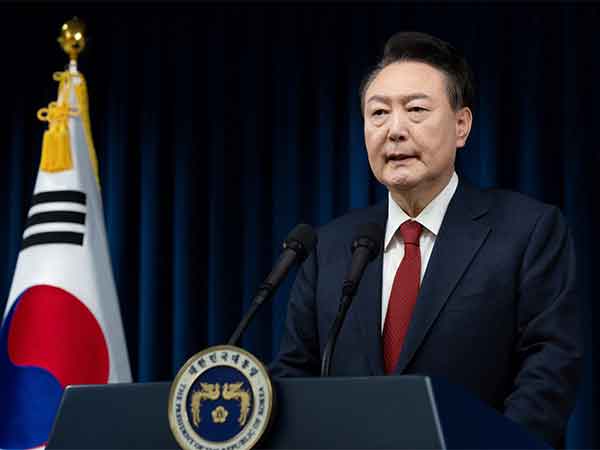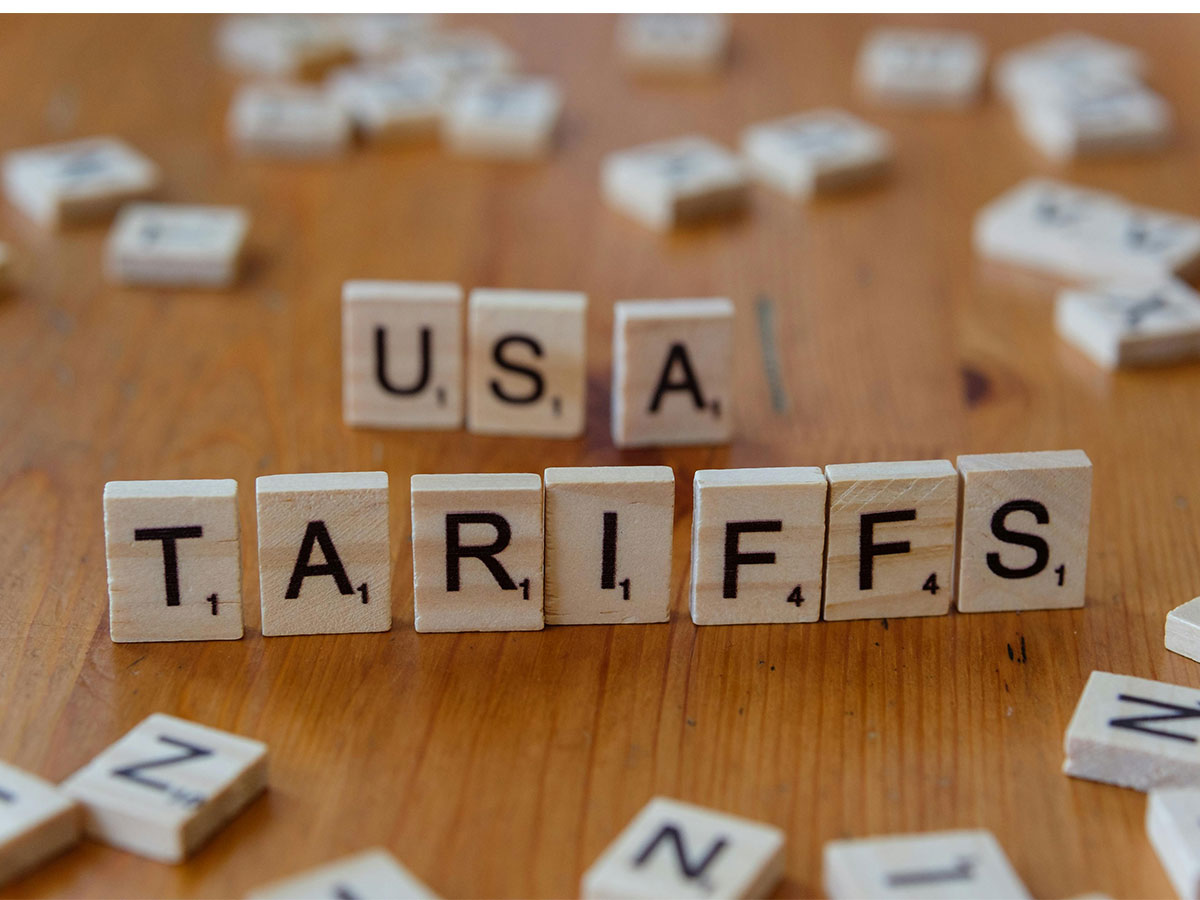
The 'fire pan' of the US-China trade war
Apr 06, 2025
Washington [US], April 6: There is no sign of de-escalation, the US-China trade war is heating up and could have a significant impact on the regional economy.
On the evening of April 4, regarding the trade war with China, US President Donald Trump
Fierce "tit for tat"
The above content was given by Mr. Trump after China announced on the same day, April 4, that it would impose an additional tax of 34% on all US goods from April 10. The 34% level is also the reciprocal tax rate that Mr. Trump proposed to China (not to mention other taxes added together). Previously, in response to Washington's tax increases on Chinese goods, Beijing also responded similarly to US goods.
As a result, the cumulative estimates of previous tariffs recently imposed by President Trump would raise the average US tariff on Chinese imports to more than 50%. Meanwhile, China's latest 34% tariff would push the average tariff on US goods imported into China to about 50%.
In addition to raising tariffs on US goods, China has also taken a series of other trade sanctions against its rivals. Specifically, Beijing also announced measures to control the export of rare earths including samarium, gadolinium, terbium, dysprosium, lutetium, scandium and yttrium to the US, effective immediately on April 4. These rare earths are important components in the production of semiconductor components. At the same time, China also added 30 US companies to the list of trade embargoes or export restrictions.
In December 2024, China also approved a list of 700 restricted export items. Among them are many items that the US needs to develop important products, especially in technology. Typically, this list includes rare earths and some basic technology components that Washington has long relied on from Beijing. The above list of restricted exports took effect from December 1.
Previously, from August 2023, China imposed export restrictions on gallium and germanium. Gallium is used in compound semiconductors, which are often used to improve transmission speeds and increase the efficiency of radar.
Not only the US and China suffer losses in the trade war
Amid the trade war, Beijing has sent a strong message to Washington. In a press conference last March, Chinese Foreign Ministry spokesman Lin Jian expressed a tough stance against the US's additional tariffs on China.
Specifically, Mr. Lam Kiem emphasized: "Anyone who uses maximum pressure on China is picking the wrong person and miscalculating. If the US really wants to solve the fentanyl problem, the right thing to do is to consult with China on the basis of equality, mutual respect and mutual benefit to address each other's concerns. If the US plots a different agenda and if war is what the US wants, be it a tariff war, a trade war or any other kind of war, we are ready to fight to the end."
In recent days, China has continued to emphasize similar messages. On the other hand, China still sets an economic growth target of 5% in 2025, the same as in 2024.
Meanwhile, the trade war has spread, causing both the US and China to face gloomy forecasts. For the US, the rising risks are inflation and supply chain disruptions. Also because of the risk of inflation, the US Federal Reserve (Fed) has not continued to cut interest rates - something that Mr. Trump criticized as limiting the development of businesses. Recession fears are also growing.
On the contrary, China also faces greater challenges as its economy is still facing many difficulties: poor purchasing power, the real estate market has not improved... In an analysis sent to Thanh Nien , Standard & Poor's (S&P) Ratings, the world's
Furthermore, according to S&P Ratings, a major risk for most Asia- Pacific
Obviously, both the US and China are key drivers of the global economy, so if these two important economies encounter difficulties, it will have a widespread negative impact.
Source: Thanh Nien Newspaper








